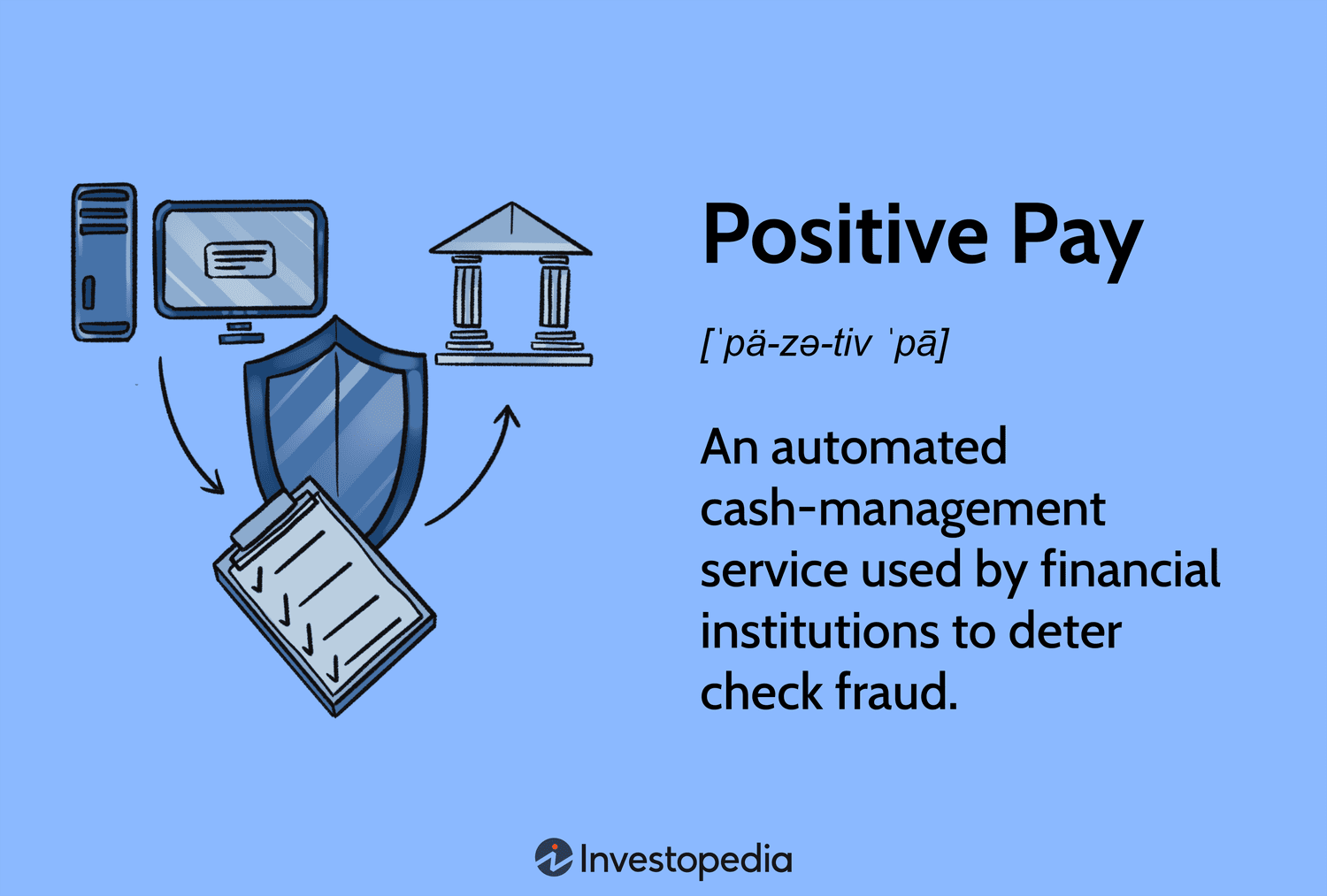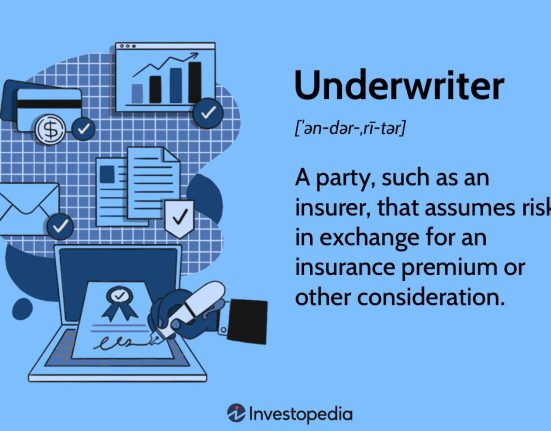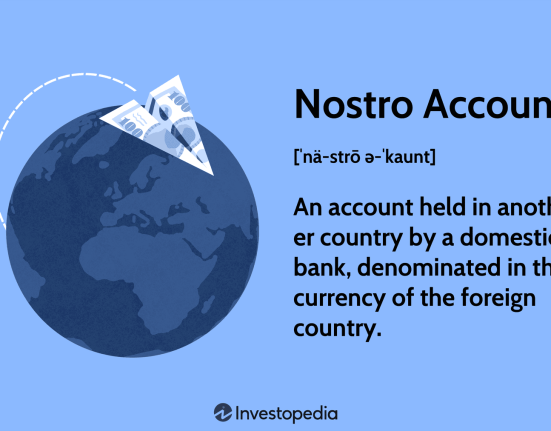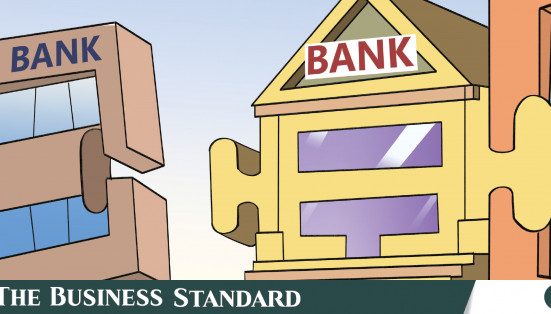What Is Positive Pay?
Positive pay is a vital banking tool for businesses aiming to prevent check fraud. This automated system matches issued checks with those presented for payment, allowing companies to verify the authenticity of each transaction.
Financial institutions provide this service, offering an extra layer of protection against counterfeit, forged, and altered checks. Positive pay ensures that any suspicious checks are flagged and reviewed before processing, helping companies safeguard their finances efficiently.
Key Takeaways
- Positive Pay is an automated service used by banks to match issued checks with those presented for payment, helping deter check fraud.
- Companies provide banks with detailed lists of written checks, including check number and dollar amount, for verification against checks presented for payment.
- Reverse Positive Pay requires the company to monitor and notify banks about which checks should not be cashed, unlike Positive Pay which automatically flags mismatches.
- Despite the rise of digital financial solutions, check fraud remains prevalent, with banks reporting significant losses per fraudulent check.
- Positive Pay services may incur varying costs depending on the bank, customer type, and account characteristics, with some banks offering the service free of charge.
Understanding the Mechanics of Positive Pay
Positive pay is a service provided by financial institutions to their customers. Clients enrolled in the program have special fraud detection services to protect their accounts. The system matches the date, check number, dollar amount, and account number of each check presented against a list provided by the company to protect against forged, altered, and counterfeit checks.
The payee may also be included on the list of checks. If they don’t match, the bank won’t clear the check. Without security checks, fraudsters can create counterfeit checks that might get honored.
If information doesn’t match, the bank sends an exception report and waits for company instructions to accept or reject the check. The bank can also flag the check, notify a representative at the company, and seek permission to clear the check.
Important
Companies should thoroughly review the terms and conditions of their financial institution as banks may not be responsible for fraudulent checks.
If the company finds a minor error, it can still tell the bank to clear the check. If the company forgets to send a list to the bank, all checks presented that should have been included may be rejected, which could cause some financial problems.
Here’s a step-by-step breakdown of the process:
- The client enrolls in the program.
- A list of checks is provided to the bank. This list includes payees, dates, amounts, and check numbers, along with the account from which the checks are written.
- The bank cross-references checks that are presented for exchange against the list from the client.
- Checks that are validated are cashed.
- Those that don’t match up are set aside as exception items. The bank contacts the client with details about these checks.
- The client notifies the bank whether to proceed or return the checks.
Comparing Positive Pay and Reverse Positive Pay
A variation on the concept of positive pay is the reverse positive pay system. This system requires the issuer to monitor the checks it writes on its own.
With reverse positive pay, companies must notify the bank to decline certain checks. The bank sends daily updates on checks and clears only those approved by the company.
If the company does not respond within a fairly short time, the bank will typically go ahead and cash the check(s) in question. This method is not as reliable and effective as positive pay, but it is cheaper.
How Positive Pay Helps Prevent Check Fraud
Digital wallets and other new forms of financial technology are changing the way people bank, which means fewer checks are being written. But check fraud still exists. In fact, the threat from check fraud hovered around 66% in 2020. Banks reported losses of about $1,500 per item. So it should come as no surprise that financial fraudsters are still finding ways to scam others out of their money using checks.
Services like the positive pay system can help prevent fraud. Companies can ensure that every check that goes through their account is properly vetted because they are matched against a list provided to the bank. Not only is this a step against fraud prevention, but it also ensures efficiency: The bank can cash or reject checks without any delays.
Any items that are deemed suspicious are held aside for further review as exception items. This means that the proper control is in place even when there are questionable documents that are presented to be cashed. Nothing goes through without the proper verification.
42%
The total percent of business-to-business transactions that were initiated through checks.
Exploring the Costs and Fees of Positive Pay
Positive pay fees depend on your bank, customer type, relationship with the bank, and possibly your company’s net worth.
Some banks offer the service for free while others may charge their clients on a per-use basis. In these cases, banks charge a flat fee for every item they may have to verify. Still, there are other banks that offer it for a monthly service charge. These banks may offer a limit to the number of transactions they’ll verify or they may provide unlimited positive pay services.
There may be other fees that come with the service on top of the costs of adding the service to your account. These can include:
- Charges for additional items (if you go over the limit)
- Payee matching fees
- Issued check fees
To learn more, ask your bank or financial professional about enrollment costs and any extra fees.
Weighing the Pros and Cons of Positive Pay
Just like any (additional) financial service, positive pay comes with both benefits and drawbacks. It’s always a good idea to do your research, weigh the pros and cons, and ensure it makes the most sense for you.
Pros
-
Fraud control and prevention
-
May also cover ACH transactions
-
Avoid hassle of closing/opening accounts
-
Increased control and decreased loss
Cons
-
Time consuming
-
Risk of missed deadlines
-
Cost
Advantages of Positive Pay
Enrolling in and adding positive pay can provide individuals and companies with an additional layer of protection for their bank accounts. While many banks often try to do their due diligence when it comes to preventing fraud, there may be instances where bad checks fall through the cracks. Services like this can help cut back—if not prevent–check fraud.
Positive pay can provide protection against fraud associated with traditional paper checks and with automated clearing house (ACH) debit transactions. Banks may offer these services separately or in a plan that covers both.
Another benefit is that it eliminates the need to close affected accounts and open new ones. This can be cumbersome and lead to unnecessary paperwork.
Clients can assume control of their finances and accounts by enrolling in positive pay. This alleviates a third party (namely, the bank) from taking control and clearing checks that you or your business never wrote. This decreases the chance of losses.
Disadvantages of Positive Pay
While it does allow you, as a client, to take control of your financial affairs, there is an obvious negative. That is, you’ll need more time to devote to positive pay. First, you are required to take the time to make a list to provide to the bank. You must also be available to verify any exception items that the bank may present to you.
Most banks give their clients a certain amount of time to respond to queries about exceptions and other questionable items. If you fail to respond on time, the bank may either cash or reject the check. This may obviously be a problem, especially if you wanted it to take the opposite action.
Another disadvantage is the cost. Like insurance, if you enroll in positive pay, you may be paying for something that you never end up needing. Or, you may pay for it and find that it saves you large amounts of money and time spent dealing with fraud. Whether it’s a worthwhile cost will depend on your bank, your business, and your finances.
How Does Positive Pay Work?
Positive pay is a check fraud prevention tool. Checks are matched and cross-referenced with a list provided by the client, including the date, check number, dollar amount, and account number. Any suspicious items are verified with the client.
What Is a Positive Pay File?
A positive pay file is a complete list of checks that a company or other entity writes against its accounts during a certain period of time. This list is provided to the company’s bank when they are enrolled in the positive pay program to prevent and eliminate check fraud.
How Expensive Is the Positive Pay Service?
The costs associated with the positive pay system depend entirely on where you bank. Other factors can also affect the fees, including your relationship with the bank, the type of client you are, and your net worth. Some banks offer the service for free while others charge monthly fees or offer it on a per-use basis.
The Bottom Line
Despite the decline in check usage due to emerging banking technologies, check fraud remains a significant threat to businesses and banks. Implementing systems like Positive Pay can play a crucial role in safeguarding your finances by detecting potential fraudulent checks before they affect your account.
By enrolling in Positive Pay, you provide your bank with a list of written checks, enabling the bank to authorize or decline each transaction based on the accuracy of this information. Ensure you thoroughly understand the costs and fees associated with this service by consulting your bank to make an informed decision about enrolling in Positive Pay.







